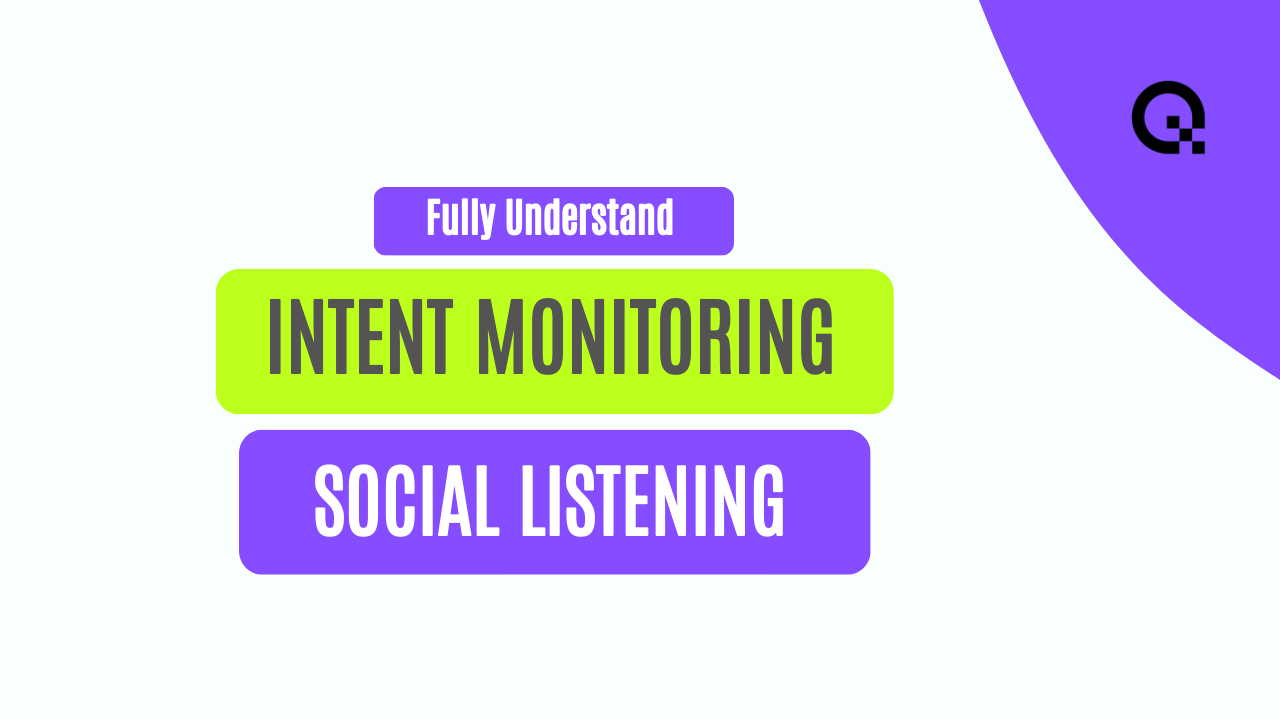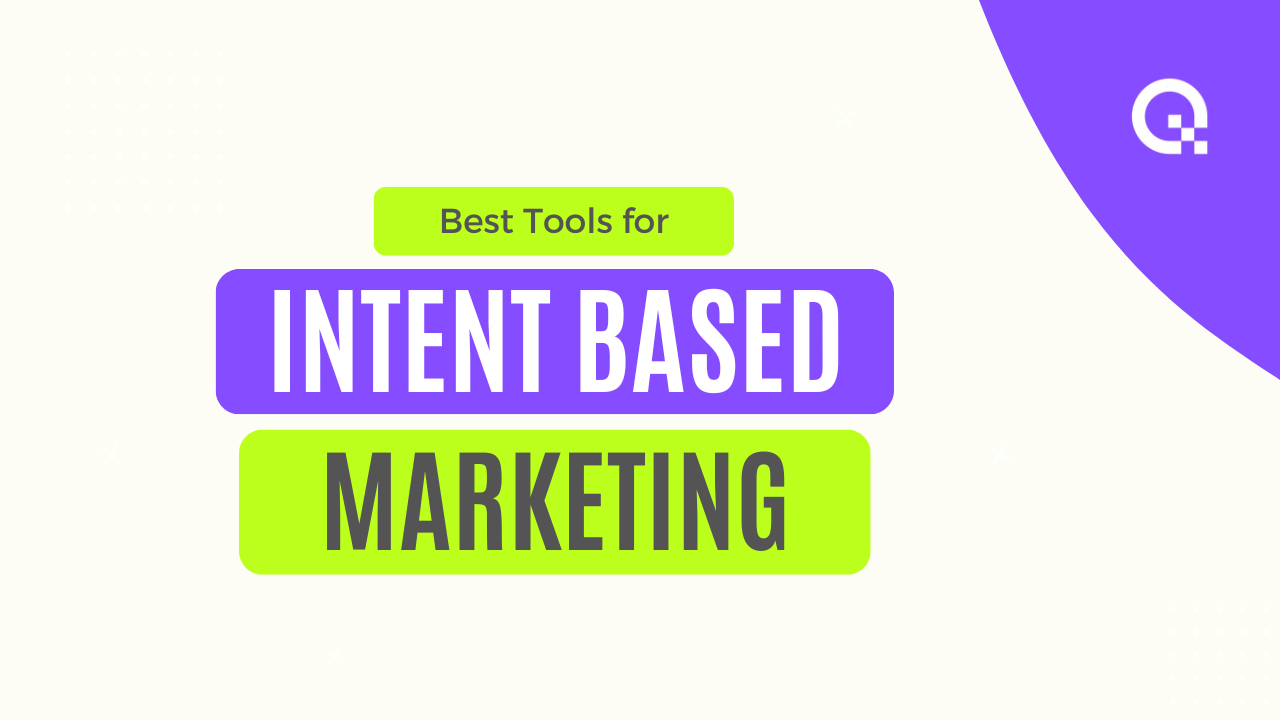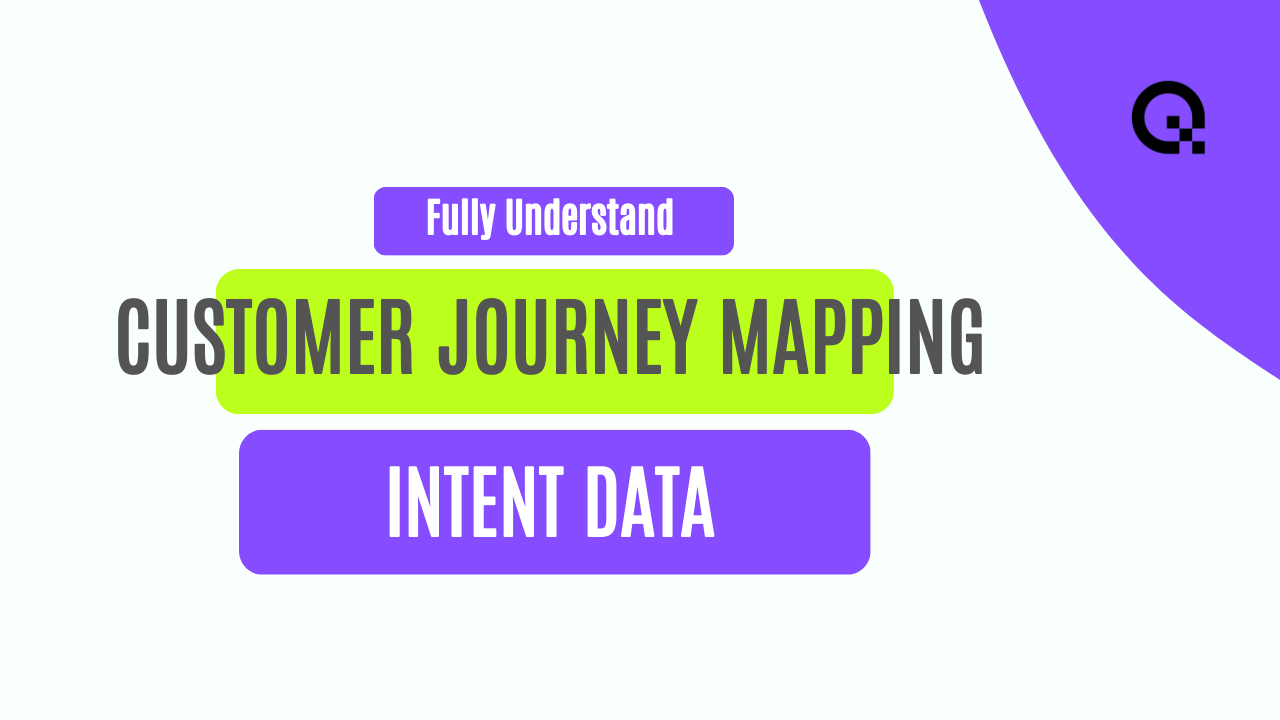Intent Monitoring Through Social Listening Tools
In today's digital age, understanding consumer behavior and intent is crucial for businesses looking to stay ahead of the competition. One powerful way to gain insights into consumer intent is through social listening tools. These tools allow businesses to monitor and analyze online conversations, sentiment, and trends related to their brand, industry, and competitors.
What is Intent Monitoring?
Intent monitoring is the process of tracking and analyzing online activities and conversations to understand the underlying motivations, interests, and preferences of consumers. By monitoring social media platforms, forums, review sites, and blogs, businesses can uncover valuable insights into what their target audience is thinking, feeling, and looking for.
Intent monitoring goes beyond simply tracking mentions of a brand or product. It involves analyzing the context, sentiment, and language used in online conversations to decipher the true intent behind consumer actions. This deeper level of understanding allows businesses to tailor their marketing strategies, product offerings, and customer experiences to better align with consumer needs and desires.
The Role of Social Listening Tools
Social listening tools play a key role in intent monitoring by providing businesses with the ability to track, analyze, and respond to online conversations in real-time. These tools use advanced algorithms and artificial intelligence to sift through vast amounts of data and identify relevant insights and trends.
By leveraging social listening tools, businesses can:
- Monitor brand mentions and sentiment to gauge brand perception
- Track industry trends and emerging topics to stay informed
- Identify key influencers and brand advocates to engage with
- Monitor competitor activities and strategies to stay competitive
- Identify potential opportunities and threats to the business
Benefits of Intent Monitoring Through Social Listening Tools
There are several benefits to incorporating intent monitoring through social listening tools into a business strategy:
- Enhanced Customer Insights: By understanding consumer intent, businesses can tailor their products and services to better meet customer needs and preferences.
- Improved Marketing Strategies: Insights from social listening tools can help businesses create more targeted and effective marketing campaigns.
- Competitive Advantage: Monitoring competitor activities can help businesses identify gaps in the market and capitalize on new opportunities.
- Proactive Crisis Management: Social listening tools can help businesses identify and address potential issues before they escalate into full-blown crises.
- Enhanced Brand Reputation: By monitoring brand sentiment and addressing customer concerns in real-time, businesses can improve their brand reputation and customer loyalty.
Best Practices for Intent Monitoring
When implementing intent monitoring through social listening tools, it's important to follow best practices to maximize the effectiveness of the process:
- Define Clear Objectives: Clearly outline what you hope to achieve through intent monitoring and tailor your strategies accordingly.
- Choose the Right Tools: Select social listening tools that align with your business goals and provide the insights you need.
- Monitor Consistently: Regularly track online conversations and trends to stay informed and proactive.
- Engage with Your Audience: Use the insights from social listening to engage with customers, address concerns, and build relationships.
- Measure and Analyze: Continuously evaluate the impact of intent monitoring on your business goals and adjust your strategies as needed.
Conclusion
Intent monitoring through social listening tools offers businesses a powerful way to gain valuable insights into consumer behavior and preferences. By leveraging these tools effectively, businesses can enhance their marketing strategies, improve customer experiences, and stay ahead of the competition in today's rapidly evolving digital landscape.



